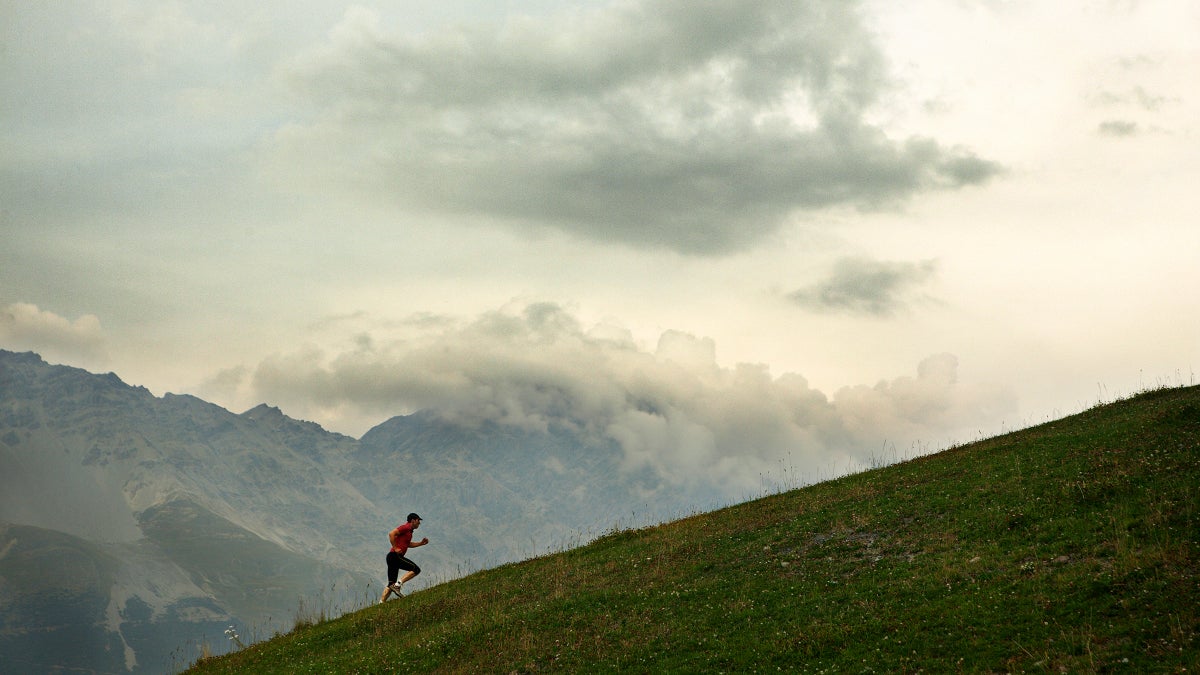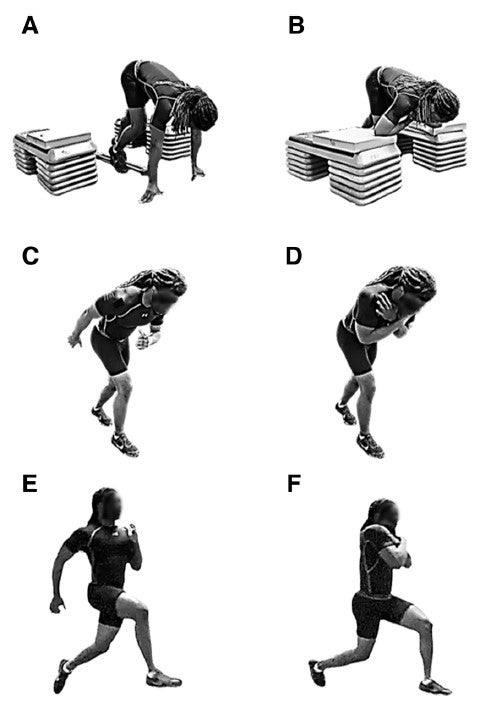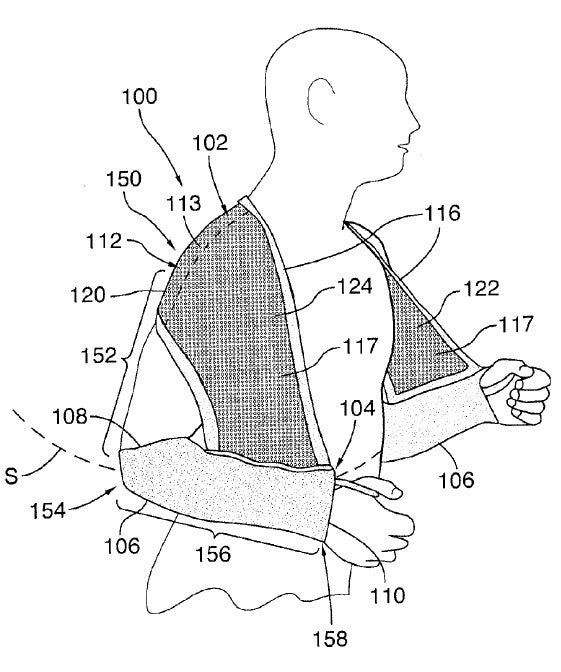
In the fourth century B.C., the Greek thinker Aristotle laid down some important concepts of jogging kind. “Runners operate more quickly if they swing their arms,” he wrote. “There is in extending the arms a form of leaning against the fingers and wrists.” Modern-day coaches describe it a very little in a different way, but they however normally imagine that pumping your arms is an important essential to working speedy.
Scientists, on the other hand, have had a more durable time agreeing on particularly why we swing our arms, and whether there are distinct approaches we can use our arms to velocity ourselves up. The hottest addition to a century’s worth of generally conflicting analysis appears in the journal Gait & Posture, from Lance Brooks, a doctoral student at Southern Methodist University, along with Peter Weyand of SMU and Kenneth Clark of West Chester University.
Arm Swing for Sprinters
Brooks’s analyze (which he explains in a awesome movie summary listed here) asks a basic problem: How rapidly can you sprint with no your arms? Sprint pace is dependent on how significantly power you can deliver into the floor. It’s effortless to consider that, as Aristotle suggested, swinging your arms will help in some way to get your overall body in a improved posture to drive your foot powerfully into the floor. That’s why, as Brooks and his colleagues level out, “in the athletics community… arm drills designed to boost working efficiency are usually prescribed.” But is that prescription evidence-centered?
Brooks recruited 7 observe athletes and 10 crew-activity athletes, generally soccer players with a several other sports blended in. They done a sequence of all-out 30-meter sprints with regular arm motion, or with their arms crossed across their upper body. The staff-sport athletes began from a standing situation, but the monitor athletes began from blocks. In get to get started from blocks in the crossed-arms situation, the scientists established up lifted platforms on either side of the blocks so they could begin whilst well balanced on their elbows.
Here’s what the several positions looked like. The block start is at the leading, the standing start is in the middle, complete stride is at the bottom. Regular arms are on the still left, crossed arms on the ideal.

Alright, now critically: How well do you feel you’d do in a 30-meter dash from starting up situation B? The entire set up is so awkward that it is a foregone conclusion that the regular dash will be way more rapidly. But the results are not fairly that very clear reduce. The observe athletes averaged 4.55 seconds with their arms, and 4.63 devoid of. The crew-activity athletes averaged 5.01 and 5.08 seconds. All round, the change was 1.6 %, which is not almost nothing in the elite sprinting world but is continue to incredibly small. For comparison, the variation concerning repeated sprints in the exact same situation was among 1 and 2 per cent.
What’s more, the athletes ended up however improving upon at the unfamiliar crossed-arm sprint. They sprinted in every problem a few moments, and statistical analysis showed that their third crossed-arm try out was commonly faster than their 2nd try out. It is incredibly probable that they’d have closed the hole even even further with a lot more exercise. “Clearly,” Brooks and his co-authors publish, “if regular arm swing by some means translated into ahead velocity as widely conceived, our members would not have been equipped to dash almost as rapidly in the restricted arm ailment.”
If swinging your arms doesn’t make you faster, then why does anyone do it? The regular solution is that arm swing counteracts the angular momentum—that is, the body’s twisting back and forth—produced by the movement of the legs. Devoid of it, you have issues retaining by yourself dealing with ahead, which is not best for working in a straight line or, say, chasing an antelope. In Brooks’s subjects, when their arms had been limited they as an alternative twisted their torsos back and forth to counteract the rotation of the decreased entire body (as demonstrated in this video clip clip). So arm swing isn’t the only way of balancing angular momentum, but it is the easiest and most apparent just one.
Arm Swing for Stamina Athletes
For length runners, the suitable query is distinct. Max dash velocity is a lot less important than gas economy: does it conserve strength to swing your arms compared to, say, swiveling your torso again and forth? The standard gist of earlier analysis is that it does. For illustration, a 2014 research by Christopher Arellano and Rodger Kram identified that it takes 3 % additional electrical power to run with your hands held powering your back, 9 per cent more to run with your hands crossed throughout your upper body, and 13 p.c more with your hand on your head.
That appears to conflict with a little something Nike scientists told me when I was reporting on the company’s Breaking2 marathon undertaking in 2016 and 2017. One particular of the hare-brained techniques they viewed as to pace up their runners was to present them with what amounted to a straitjacket: a sling that supported their forearms and kept them tucked near to the chest. Exams on former elite runner Matt Tegenkamp and other folks confirmed major vitality savings—but they looked funny (“like a T-rex” and “like the 3 Stooges” are two of the descriptions I recall), and Tegenkamp hated it. The thought was scrapped. (I not long ago questioned a pair of the Nike researchers for far more specifics, but they weren’t capable to comment.)
Nike was not the only firm interested in this plan. Kram and Arellano experienced conversations with the people today who submitted this patent software in 2013 for a “forearm guidance garment” designed to help save the power “wasted” by holding your arms at 90 degrees. Here’s what the unit seemed like:

As significantly as I can notify, these slings purpose to get the most effective of each worlds: your arms can swing by natural means back again and forth to harmony the angular momentum from your legs, but you do not have to expend any electricity to keep them there or swing them. This idea of the arm swing currently being passively run by the movement of the reduce legs instead than actively driven by arm and shoulder muscular tissues has some assistance, for example in this 2009 review from Herman Pontzer’s group at Washington University in St. Louis. So there’s no inherent conflict concerning the notion that (a) swinging your arms allows you to operate additional competently than intentionally limiting your arms from swinging, but (b) permitting your arms be swung whilst they’re held up by a sling will save even far more electricity. No matter whether this theory is really true has not, to my knowledge, been shown in any peer-reviewed literature.
Assuming you really don’t want to run in a straitjacket, you might acquire these numerous lines of proof as ultimate proof that you should not bother pondering about or doing work on your arm swing. But there is a person far more twist to think about. In 4-legged animals, the alternating motions of the limbs throughout jogging are coordinated in portion by “central pattern generators” in the backbone, in which the movement of a single established of limbs cyclically triggers movement in the other set. It is not obvious how much of a purpose these sample turbines nonetheless play in human beings, since we run on two limbs. But there is some suggestive evidence from study on instructing men and women how to walk again after a stroke. For case in point, a 2004 examine discovered that subjects in a recumbent stepper have been capable to activate extra muscle fibers in their legs when they pumped their opposite arms.
Brooks and his colleagues are also careful about prematurely dismissing the positive aspects of arm work: “We are unable to preclude the chance that cueing or focusing on particular motion styles involving the arms may possibly offer oblique positive aspects,” they compose, “particularly in young and acquiring athletes.” In the conclude, prevalent sense prevails: no one particular, such as me, is likely to advise that we must stop swinging our arms simply because it hasn’t been tested to make us quicker. But as somebody whose ungainly arm swing has usually captivated a generous share of unsolicited information, I get some consolation from all this investigate. If functioning with no arm swing at all only slows your sprint velocity by 1.6 p.c or increases your strength usage by 3 p.c, how lousy could my just uncomfortable arm motion be?
For additional Sweat Science, be a part of me on Twitter and Facebook, signal up for the email e-newsletter, and check out my reserve Endure: Thoughts, Human body, and the Curiously Elastic Limits of Human Functionality.
The submit There’s New Details on How Your Arm Swing Affects Functioning appeared initial on Exterior On the internet.

More Stories
Spark Your Day with Health Articles
Energize Your Life with Health Articles
Jumpstart Your Day with Health Articles